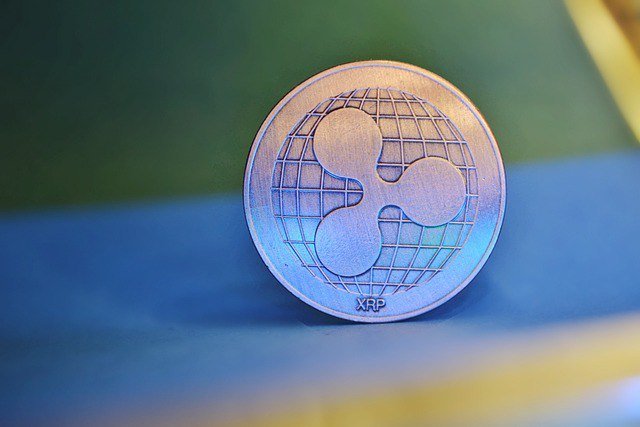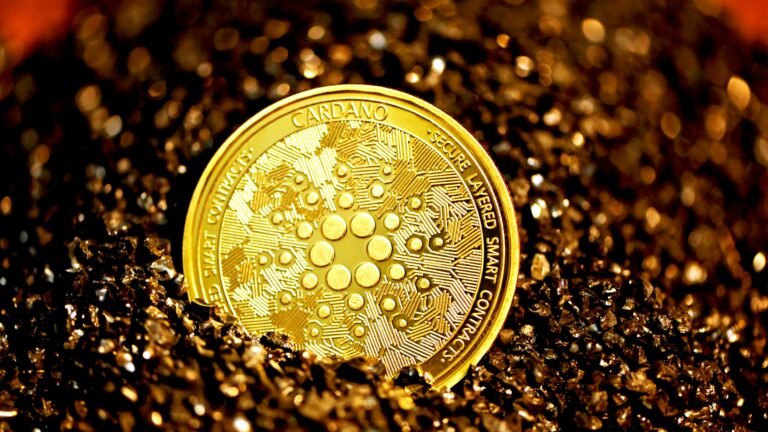- XRP stands out for its fast transactions and low fees, positioning itself as a key player in international payments.
- Its future success will depend on market growth, regulatory changes, and its ability to maintain stability amidst competition.
XRP has come a long way in just a few years. The digital asset’s journey has been impressive, but where will it stand five years from now? Let’s dive into what makes XRP unique and what challenges and opportunities lie ahead.
XRP’s Position in the Crypto World
XRP isn’t just another cryptocurrency. It’s the native token of the Ripple protocol, designed to speed up and reduce the costs of international payments. With transaction speeds of just three to five seconds and fees that are incredibly low, XRP is built for efficiency. This makes it stand out from other cryptocurrencies.
Currently, XRP holds the title of the third-largest cryptocurrency, with a market cap exceeding $150 billion. It’s a clear leader, right behind Bitcoin and Ethereum. Its established size and brand recognition give it an edge over newer alternatives, even if they offer faster or cheaper transactions.
The Massive Potential for Ripple
The global payments industry is huge, valued at an astounding $1.8 quadrillion in 2023, according to McKinsey. XRP stands to capture a small fraction of that market, which could dramatically boost its demand. If XRP becomes the go-to bridge currency for international transfers, institutional investors could use it for on-demand liquidity, pushing its value even higher.
Challenges That Could Affect XRP’s Growth
However, XRP faces significant challenges. By positioning itself as a bridge currency for international transactions, Ripple Labs risks challenging the role of the U.S. dollar and major institutions like SWIFT. Governments that rely on the current financial infrastructure might not take kindly to this disruption.
Volatility also looms as a potential hurdle. XRP’s price surged nearly 500% in the past year, and while this is a win for investors, it also brings uncertainty. Higher prices could push transaction fees up, reducing XRP’s utility. Competition from stablecoins, which are pegged to real-world currencies, could also present a threat.
That said, XRP has a built-in advantage. Unlike stablecoins, XRP isn’t vulnerable to losing its peg. Ripple’s escrow system controls the token’s supply and helps maintain stability, ensuring that new coins enter circulation gradually.
The Future of XRP
Looking five years ahead, XRP’s performance will largely depend on the broader cryptocurrency market. Factors like economic performance, interest rates, and government regulations will play a big role. Positive news, such as lower interest rates and a more crypto-friendly SEC under Mark Uyeda, could pave the way for growth.
XRP’s focus on utility, paired with its strong reputation, positions it well in the international payments sector. As the crypto space continues to grow, XRP could stand out as a major player in the years to come.
Is XRP a Good Investment?
Before jumping into an investment, it’s important to weigh all options. While XRP shows great promise, you should also consider other potential opportunities in the market. Investors should carefully assess how they view XRP’s future, particularly in the context of the broader financial landscape and crypto regulation.


